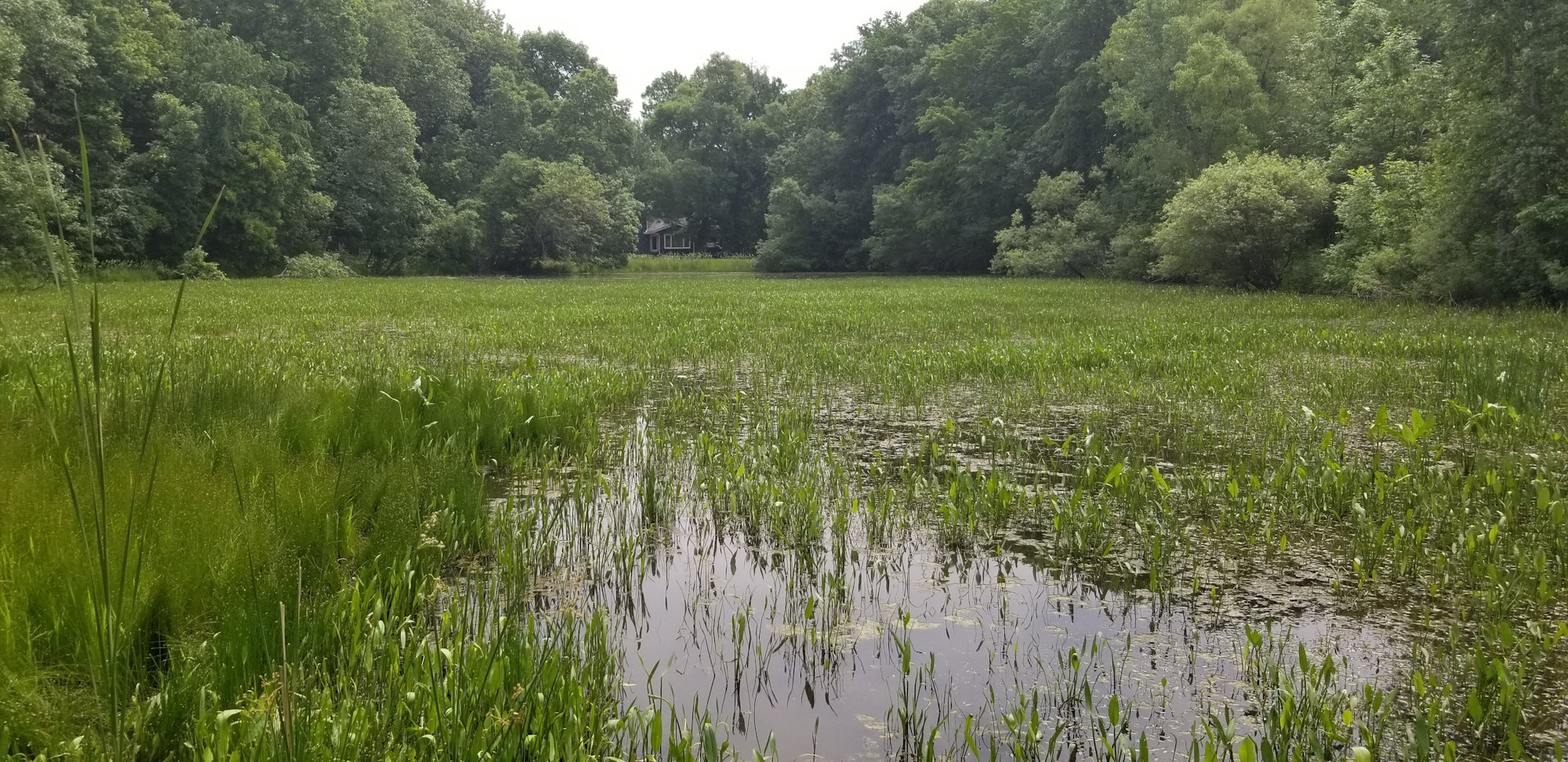What is a Wetland?

Wetlands are invaluable water resources that provide a variety of ecosystem functions and resources. They act as habitat for migrating waterfowl and a variety of other organisms. They provide stormwater/flood storage, and even can be a source of recreational enjoyment. But what makes a wetland a wetland? Many people picture wetlands as marshy areas containing shallow water and emergent vegetation like reeds and cattails. While these types of ecosystems are wetlands, they are just one type. Some wetlands may be seemingly dry for the majority of the year: a depression in the forest, low areas in an agricultural field, a prairie that is saturated for extended periods of time.
An easy way to determine whether an area is a wetland is by identifying three important characteristics that all wetlands have:
- It will repeatedly be inundated and have saturated soils for more than just a few days a year over the course of many years.
- It will have hydric soils which occur after continuous periods of inundation, leading to anaerobic conditions during the growing season (mid/late spring – early fall).
- It will support hydrophytic vegetation, or vegetation that has adapted to wet conditions.
Wetland Functions
Well-functioning wetlands provide a variety of services, or functions, that are beneficial to surrounding ecosystems and people alike. These functions are a result of natural interactions and workings taking place within the wetland. Typical wetland functions include:
- Providing habitat for fish and wildlife
- Promoting diverse natural plant communities
- Surface water/flood storage
- Surface water supply and ground water recharge
- Providing water quality improvement in and downstream of the wetland, through removal and retention of excess nutrients such as nitrates and phosphorus, as well as other pollutants from the water
- Sediment retention
- Shoreline stabilization
- Thermoregulation
- Providing carbon sequestration
- Providing recreational, commercial, and educational uses
The District measures how well wetlands are functioning using several assessment tools. Ratings are assigned to a set of specific functional categories, allowing staff to assess how well specific functions are performing within any given wetland. These ratings are then used to assign an overall management classification to a wetland. These classifications include low, medium, high, and exceptional value wetlands. District management efforts to promote functions and ecosystem services, and to restore, protect and create wetlands are prioritized within wetlands with higher classification values.

